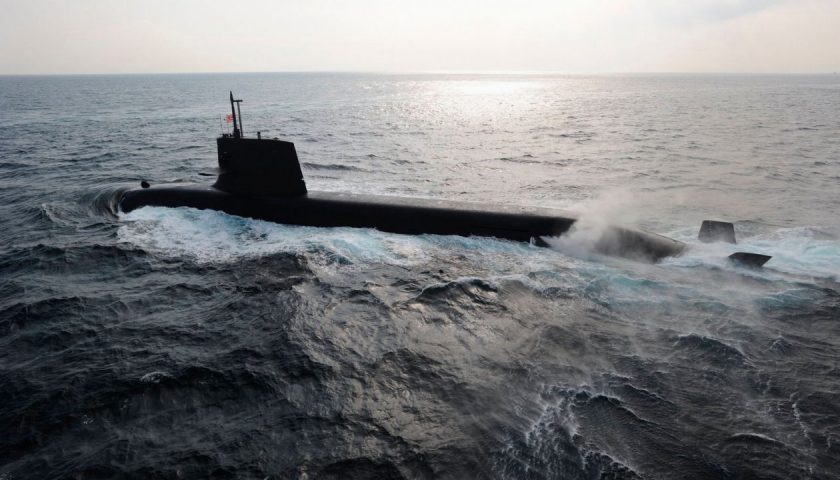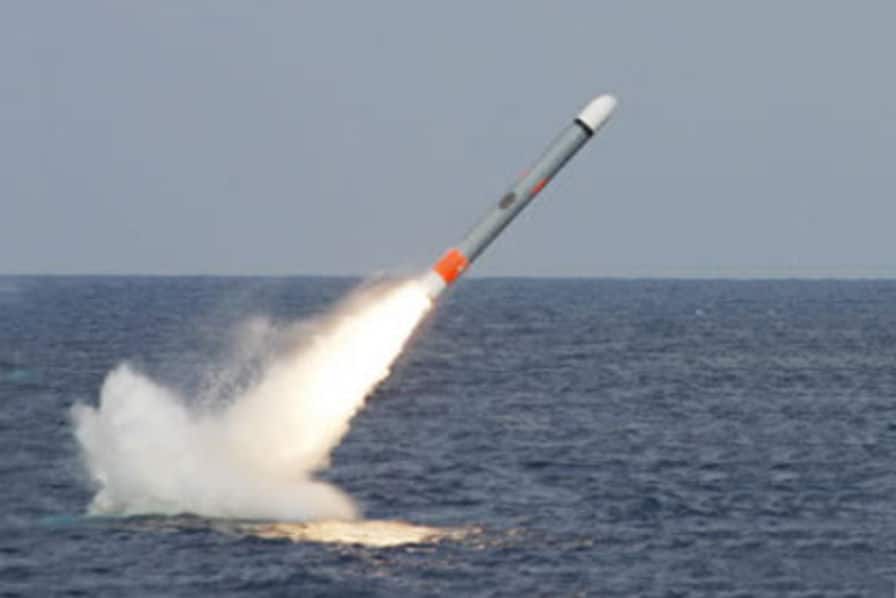Due to its geographical position and its very close ties with the United States, especially in defense, Japan is today in the front line if a conflict were to break out between the People's Republic of China and the United States, probably over Taiwan. If, throughout the Cold War, Tokyo provided significant support to the American forces deployed in the Pacific and particularly in Southeast Asia, while helping to contain the Soviet threat in this theater, the country was relatively spared, compared to the Western countries in Europe, and its self-defense forces were sized and designed solely for defensive purposes, the country's constitution prohibiting any other military action. For the past fifteen years, however, the Indo-Pacific theater has been the subject ofa rapid and significant escalation of tensions, in particular due to the forced modernization of the Chinese People's Liberation Army, including in the naval field, while the Chinese Navy has gone, in a few years, from a littoral defense force to a high-level naval force capable of competing with the powerful US Navy.
Among the subjects of great concern for the Japanese self-defense forces is the very real risk of potential massive preventive strikes launched by the PLA against Japan and its armed forces, so as to deprive the country of its defense capabilities and riposte. If the defense agreements with the United States are supposed to protect Tokyo from such a hypothesis, the Japanese authorities have been intending, for several years, to give its self-defense forces more extensive means to contain such strikes, with for example the construction of 8 destroyers equipped with the AEGIS anti-aircraft and anti-ballistic system, by developing new protective capabilities such as directed energy weapons or a railgun type electric cannon, as well as modifying the two Izumo-class helicopter carrier destroyers into light aircraft carriers that can accommodate a dozen F-35B Lightning IIs. In addition, Tokyo has undertaken the design of two super-destroyers intended exclusively for anti-missile defense, replacing the AEGIS Ashore system originally planned for this mission.

However, all of these systems are above all intended to be defensive, and as such, do not participate in deterring a potential attacker, understanding China or North Korea, except relying on the United States to that. And if relations between Tokyo and Washington are not suffering from any tension today, the Japanese authorities remember that this was not the case in 2017 and 2018, with the arrival of Donald Trump at the White House, before the Japan does not decide to order a hundred additional F-35 A and B. It is therefore hardly surprising that, in the context of the preparation of the 2023 budget, and after announcing a few weeks ago its intention to arm its submarines with medium-change cruise missiles, Tokyo has announced that it intends equip some of its submarines with vertical cruise missile launch systems, giving the Japanese fleet second-strike capabilities which, even without being nuclear, can prove potentially devastating against the command centers or even the political or strategic infrastructures of a potential attacker.

75% of this article remains to read,
Subscribe to access it!
The Classic subscriptions provide access to
articles in their full version, and without advertising,
from 6,90 €.
Newsletter subscription
Register for the Meta-Defense Newsletter to receive the
latest fashion articles daily or weekly


[…] […]